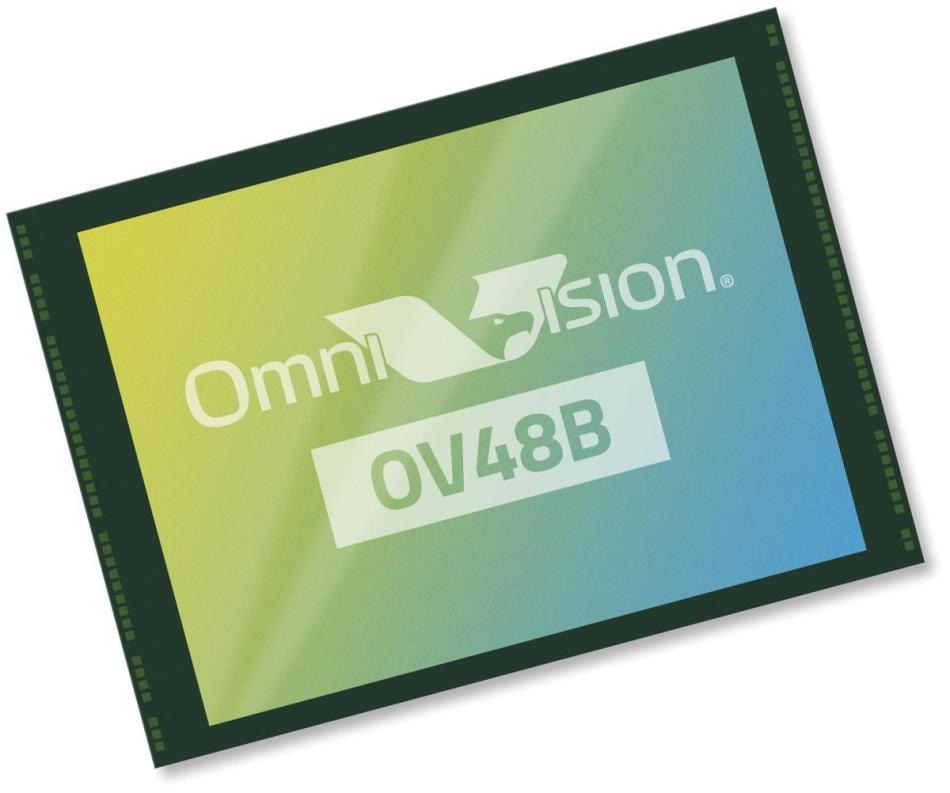OmniVision Technologies, Inc., a leading developer of advanced digital imaging solutions, today announced the OV48B, its first 48 megapixel (MP) image sensor featuring a 0.8 micron pixel size to enable high resolution smartphone cameras in a 1/2" optical format.

Built on OmniVision’s PureCel® Plus stacked die technology, this sensor provides leading edge still image capture and video performance for both mainstream and high end smartphones. Additionally, the OV48B offers a wide range of features such as digital crop zoom and a CPHY interface, making it a versatile sensor for all types of rear facing cameras in multi-camera configurations, including main, wide angle and telephoto.
“Consumers continue to demand ever-higher resolution in high end and mainstream mobile phones,” said Arun Jayaseelan, senior marketing manager at OmniVision. “The OV48B features premium resolution and image quality that is ideal for both high end and mainstream smartphones. Its 0.8 micron pixels provide 48 MP resolution in the industry’s smallest die size, enabling a 1/2" optical format.”
The OV48B integrates an on-chip 4-cell color filter array and hardware re-mosaic, which provides high quality, 48 MP Bayer output in real time. In low light conditions, this sensor can use near-pixel binning to output a 12 MP image with four times the sensitivity. In either case, the OV48B can consistently capture the best quality images without motion blur, as well as enabling digital crop zoom with 12 MP resolution and fast mode switch. Additionally, it can be used with a wide field-of-view and a CPHY interface for dual- and tri-camera configurations with dedicated wide- and ultrawide-angle capabilities.
This new sensor also features both DPHY and CPHY MIPI interfaces, which enables fast frame rates using fewer pins. Additionally, the OV48B includes 2x2 microlens phase detection autofocus (ML-PDAF) to boost accuracy, especially in low light.
Output formats include 48 MP at 10 frames per second (fps), 12 MP with 4-cell binning at 30 fps, 4K2K video at 60 fps, 1080p video at 240 fps and 720p video at 480 fps. Pad locations on the left and right of the image sensor, in combination with the industry’s smallest 48 MP die size, provide smartphone camera module designers with additional flexibility.
OV48B samples are available now, and volume production is expected in Q4 2019.